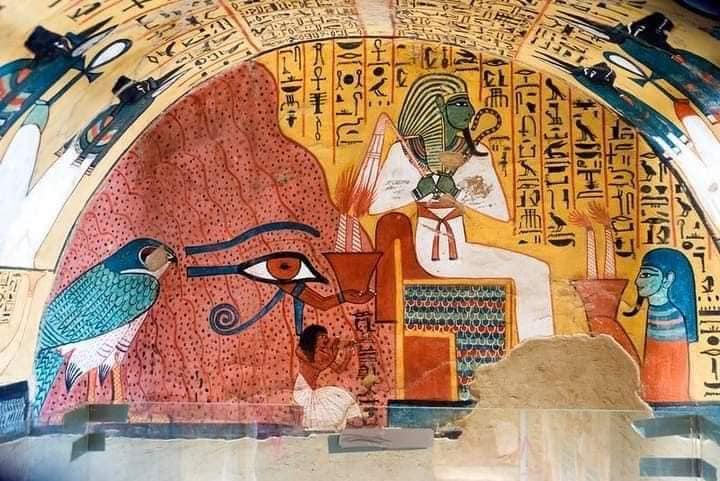SHOES IN ANCIENT EGYPT.
In ancient Egypt, the use of shoes was sporadic.
Most people walked barefoot.
But there were some varieties of sandals. The climate has allowed the conservation of objects made with plant substances, including shoes.
Footwear had a special meaning for the Egyptians, and the material from which the footwear was made indicated the owner’s wealth. The sandals used by the funerary priest had to be white, as they were a symbol of purity. The sandals of the pharaohs were gold and ritual, but they probably weren’t used often, as they were not comfortable and could cause injury. The prisoners were drawn on the soles of the royal sandals, so, placing his feet, the pharaoh “trampled” his enemies.
Sandals were already known from the Old Kingdom (2686-2173 BC) but were mainly used from the New Kingdom (1552-1069 BC). The design was simple, with a flat plan and a slate between the toes and two more placed around the ankle. Only the sandals of the pharaoh had the toe of the sole raised and turned back. Generally, the population walked barefoot and carried sandals in hand; shoe thefts were so frequent that the police tried to prevent them during Pharaoh Unas of the 5th dynasty (2494-2345 BC).
The Nile banks were rich in rushes and plants, which formed the basis of the manufacture of furniture and footwear. Poor people made their own sandals with strips made of papyrus and straw. Starting from intertwined strips and rushes, they made shoes, which they usually did not use as they went to work barefoot, as can be seen in the reliefs of the tombs. Most Egyptians made their own shoes, and generally, women did this work at home. However, the manufacture of the sandals of the high officials or the pharaoh took place in the workshops.


Comment (0)